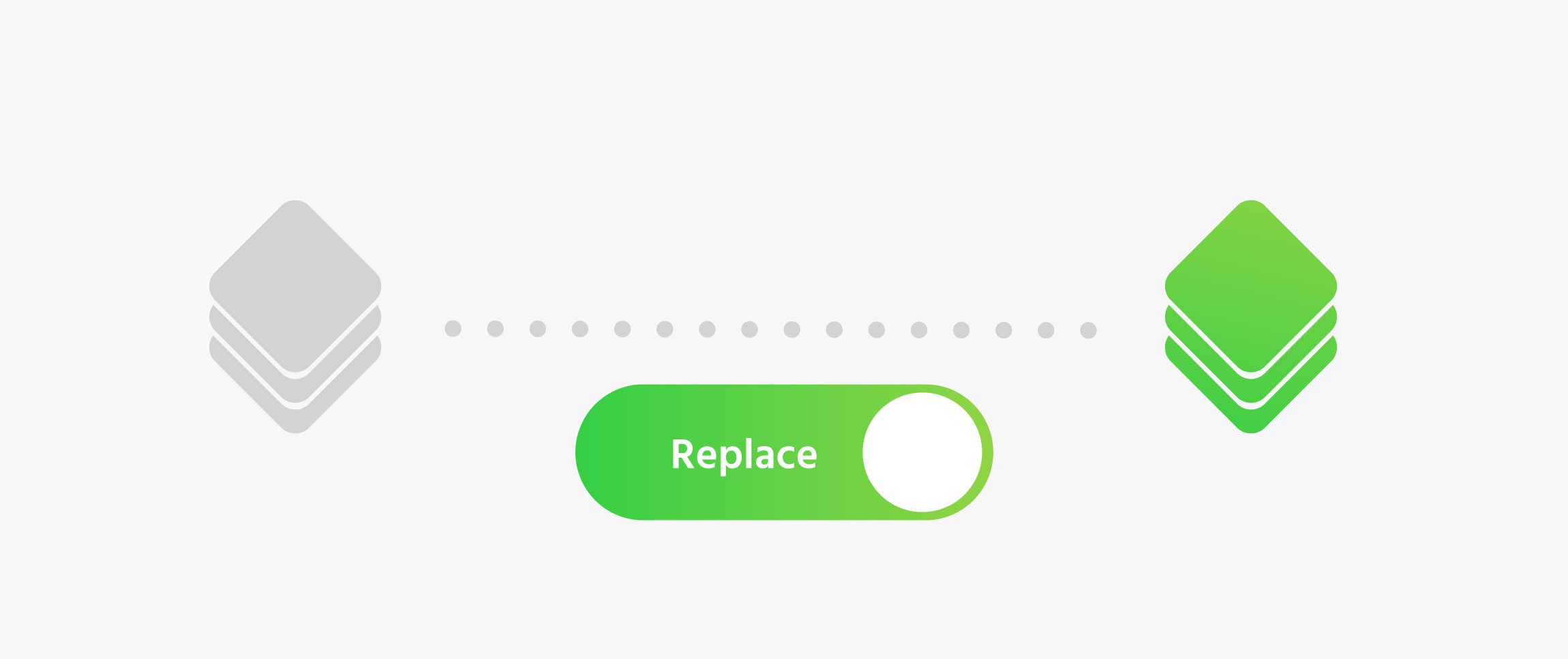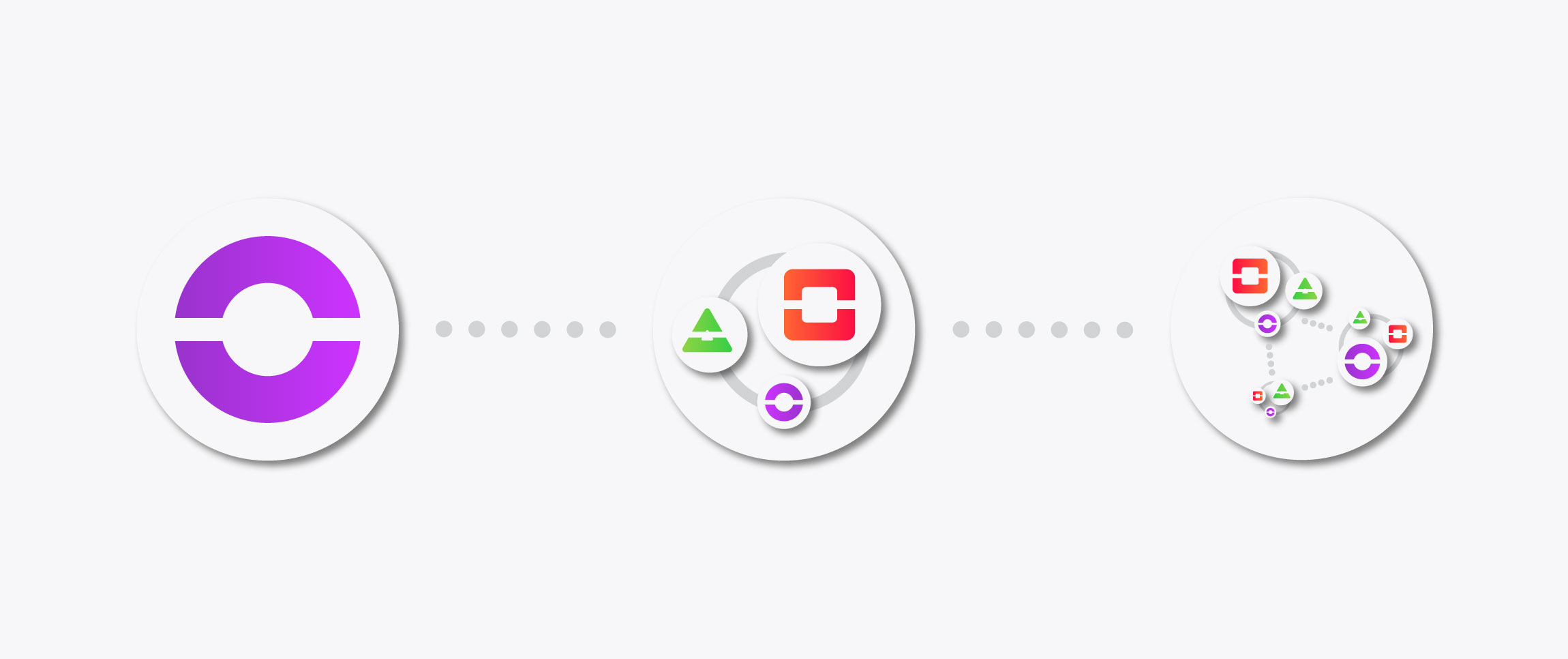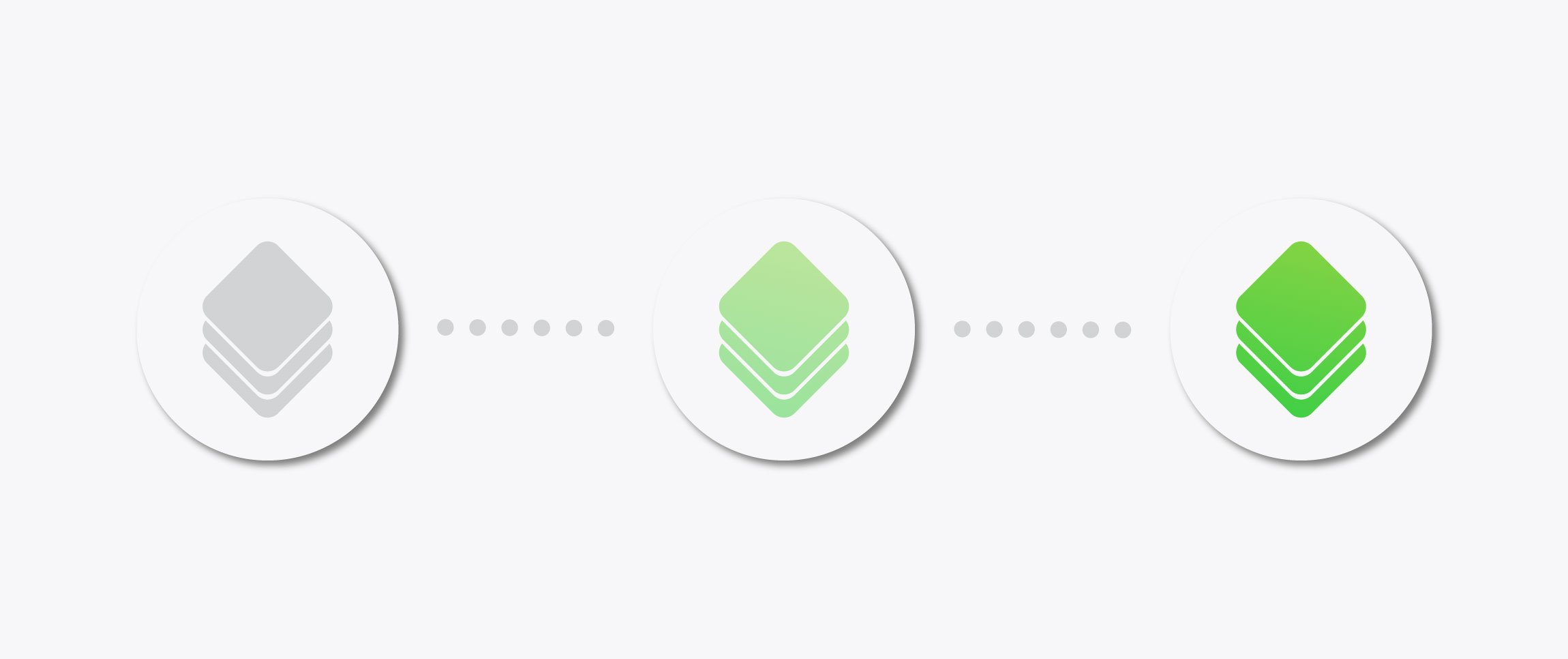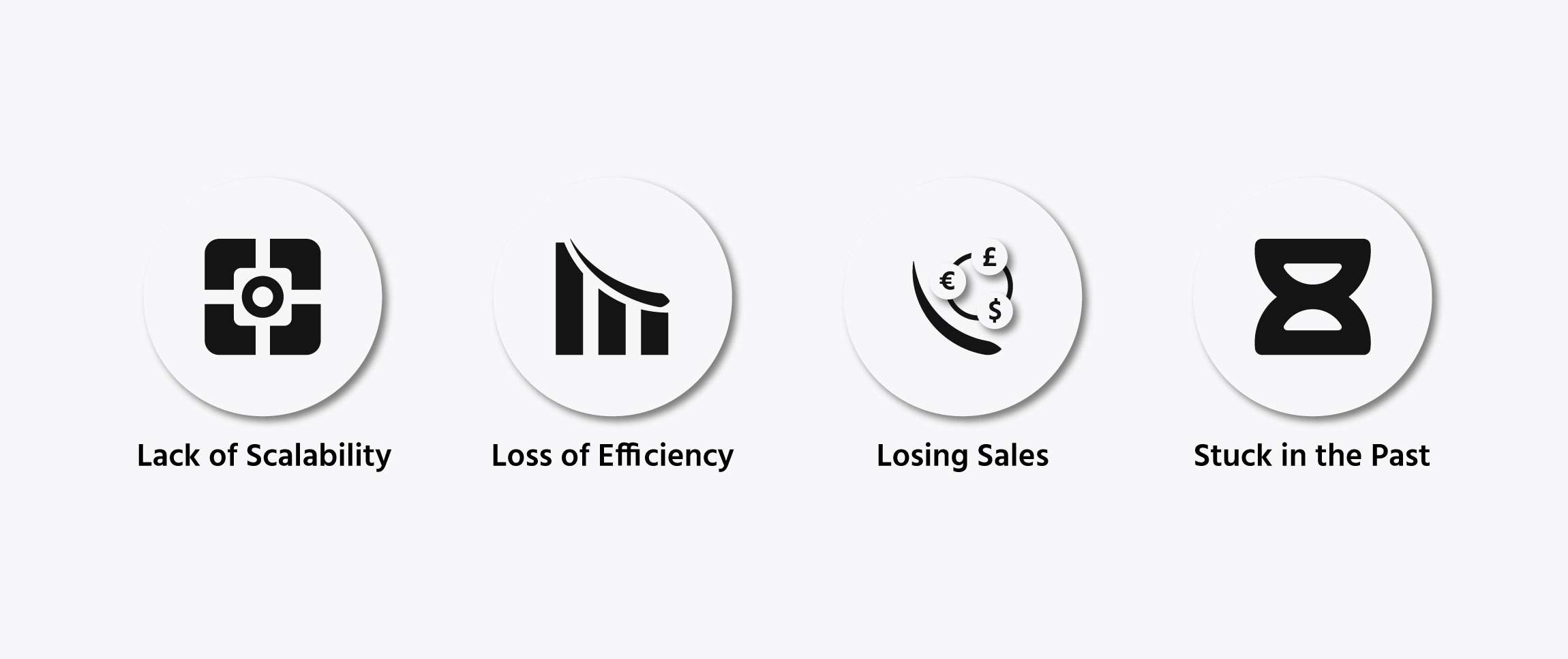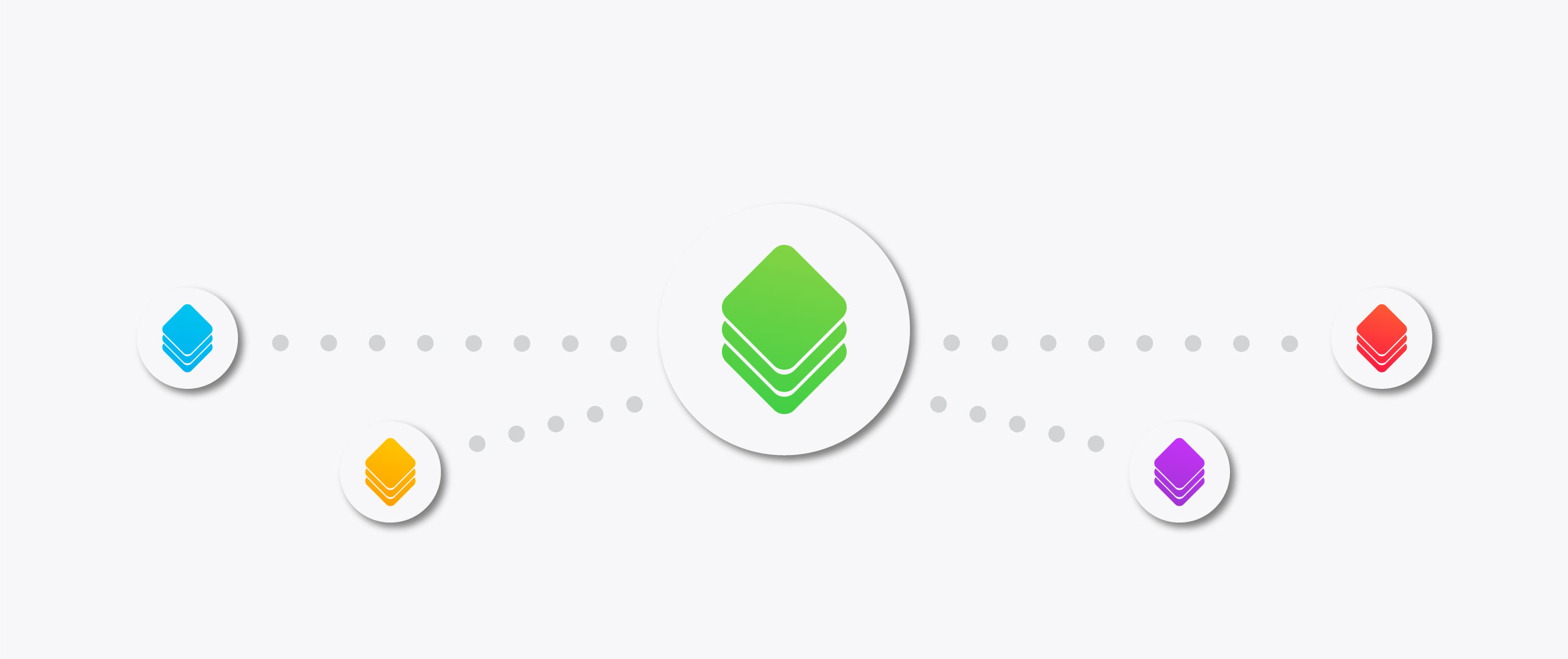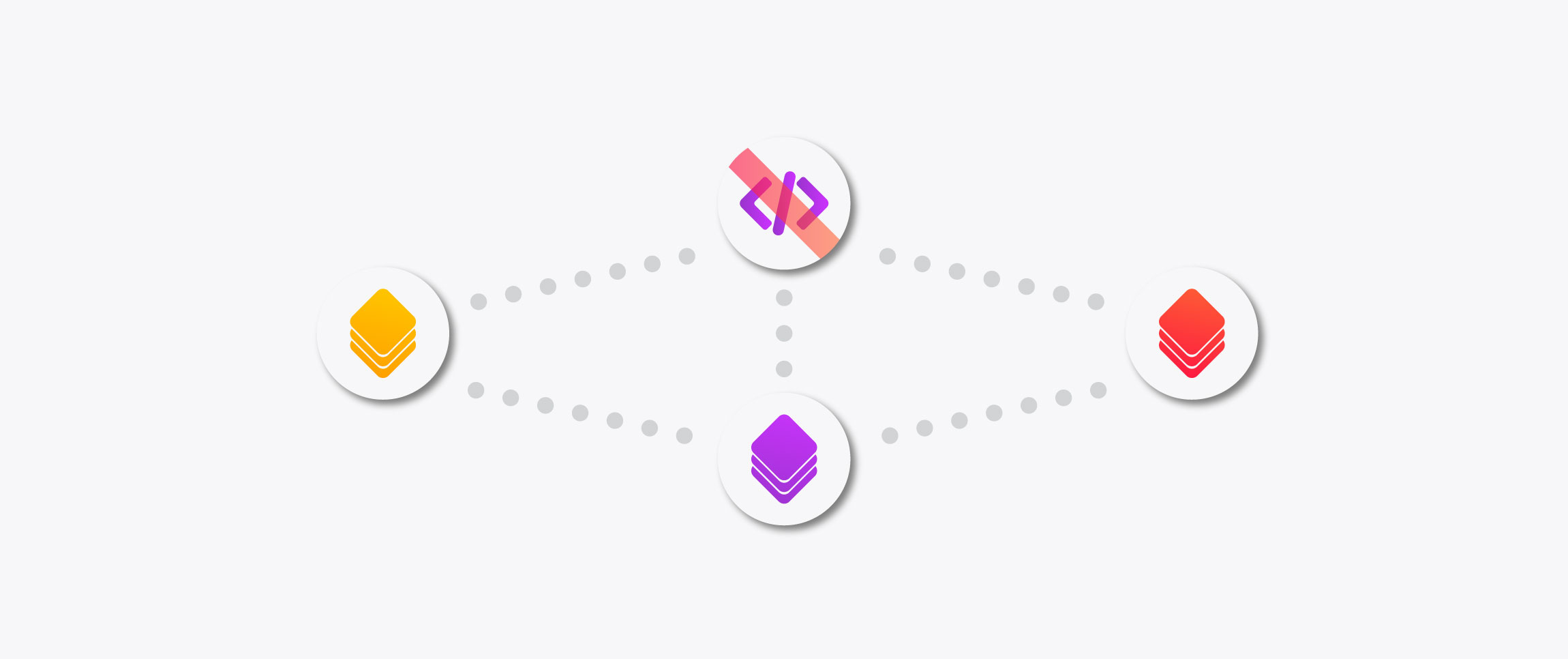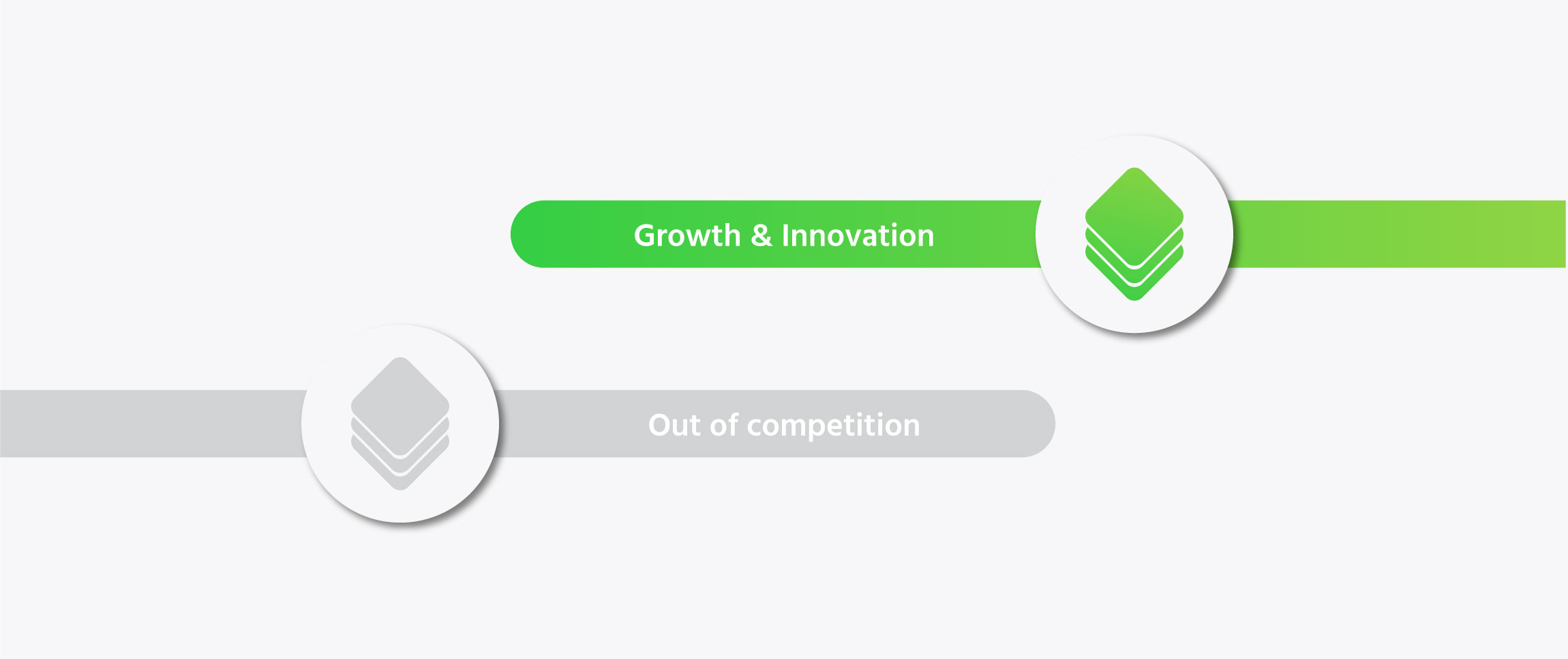Legacy software from the ’90s and Web 2.0 era struggle to remain competitive because of advances in technology, lack of updates, outdated user experience, compatibility issues, and performance limitations.
Technology has evolved significantly since the ’90s and 2000s. As a result, old software may not have the capabilities required to support cloud computing, artificial intelligence (AI), or machine learning (ML).
Additionally, these older programs may not have received regular updates or improvements, making them less functional and less secure compared to modern software. Moreover, their outdated user interface and user experience can result in user frustration and decreased productivity.
Legacy systems also struggle with integration with more modern technologies like cloud computing or mobile devices. Their performance limitations make them slow and less efficient, which can impact an organization’s overall performance. Therefore, organizations using technology made in the ’90s and Web 2.0 era should consider modernization via either:
- Improving the capability of older applications within their data stack by augmenting their capabilities with modernized solutions or…
- Upgrading to more modern applications to stay competitive and drive growth and innovation.
Which path your enterprise chooses will be unique to your organization’s data stack, needs, deployment timeline, budget, and more. In this article, we’ll begin by exploring whether you want to replace or augment solutions within your enterprise’s current tech stack.
Then we’ll talk more deeply about some of the challenges created by using outdated legacy software solutions. Finally, we’ll expand the context of what these older solutions are costing enterprise organizations when left without modification or augmentation.
To Replace or Not Replace — That Is the Question
When choosing between augmenting their existing technology stack and upgrading to a completely different solution, enterprises must consider several factors, including technical requirements, current technology, cost, and impact on business operations.
The enterprise’s technical requirements is the key factor in determining whether augmenting or upgrading software is the best option. Knowing the capabilities of the current technology tells the enterprise if they can achieve their goals with augmentations or whether a complete software upgrade is necessary.
Cost is another important factor to consider as augmenting an existing technology stack can be less expensive than granting a full upgrade to a different solution. However, this depends on how much augmentation is required.
The final factor that needs to be considered is the impact of each option on business operations. Whenever possible, enterprises should strive to keep disruption to a minimum so there isn’t a drop in productivity during the implementation of either software augmentation or upgrades.
An Unpredictable Catalyst for Software Disruption: Data’s Rapid Evolution
Data complexity and volume have evolved rapidly over the years, enabling the growth of data analytics. This rapid shift has been fueled by the proliferation of connected devices, the increased use of cloud computing, and technological advancements such as unstructured data from social media and IoT devices.
These developments not only pose opportunities to organizations but bring challenges to data management and processing solutions. To stay abreast of these changes and remain competitive, businesses must pay attention to their technology stack and regularly review their capabilities for effective data utilization.
The quick evolution of data was difficult to predict. However, the driving factors behind this growth include a combination of technological advances and changes in how we create, collect, and make use of our data. Hence, companies must remain well-informed on these developments and adapt their technology stacks accordingly.
Accommodating Today’s Complex, High-Volume Data Needs
More advanced data needs are challenging the traditional way of using software in enterprises. Organizations are increasingly shifting from outdated and rigid enterprise software to new and more flexible solutions as technology has advanced significantly in recent years, making it difficult for older applications to meet current user expectations and requirements.
The need for faster processing times and robust data security capabilities is driving enterprises toward newer cloud-based platforms and connected databases that can keep up with the speed at which data needs to be presented.
Old software products don’t offer scalability or real-time access, which may be required for modern organizations that handle large volumes of customer data or transact in different countries.
This shift toward a more fluid and dynamic approach simplifies the implementation processes and eliminates the need for costly upgrades when technology changes.
Modern software technologies provide an agile base infrastructure, allowing them to quickly adapt to the changes in business requirements and deliver better customized solutions at a lower cost.
They also offer analytics capabilities so companies can gain deeper insights into trends for smarter decision-making.
Additionally, they bring flexibility when it comes to customization, allowing users to design custom workflows or create reports tailored specifically to their needs. This helps enhance overall user experience while optimizing operational costs at the same time.
Legacy Software Modernization: The True Costs of Outdated Software
For enterprise organizations, the cost of using rigid and outdated software can be substantial. Not only can it impact competitiveness, productivity, and security, but the financial costs involved to maintain outdated systems only increase over time.
Lack of Scalability and Difficulties with Compliance: Many of these issues can lead to increased processing fees or even fines from not being up-to-date. Furthermore, organizations may need to invest in costly integrations with new systems and applications or purchase additional hardware for compatibility.
Loss of Efficiency: Deploying outdated software is also suboptimal for performance; without optimization, everything runs slower than it should, impacting overall efficiency. These technology slowdowns eventually cost both time and money because of missed deadlines and customer dissatisfaction.
Losing Sales: An enterprise relying on legacy software also doesn’t have access to improvements like today’s API-enhanced app experience, which could result in customer churn and missed sales opportunities in the long run compared to those leveraging newer technologies.
Stuck in the Past: Finally, those who settle for maintaining their legacy environment could get stuck in a losing cycle — stranded on a version with fewer features than their competitors and exposed to greater risk because of inadequate resources and support. Organizations should track the true costs associated with rigidity, especially when considering alternatives that are more agile and secure, which reduce the total cost of ownership (TCO) in the long run.
Making the Legacy Software’s Data AI and ML Ready
Organizations in need of AI and ML capabilities may struggle to achieve anything meaningful using outdated infrastructure. Upgrading this can lead to improved data management, better processing, more robust security, and deeper data analytics potential. It allows companies to apply AI and ML innovations to their operations, fueling business growth and creativity.
Today’s SaaS solutions are often developed with the latest tools and technologies to handle large amounts of data efficiently, draw out insights across multiple channels, provide secure authentication methods, and leverage hardware that no longer requires maintenance. This can reduce management costs quickly while improving functionality and usability.
The latest SaaS solutions are designed to be modular and easily integrate third-party applications. This ensures a single, unified source of truth for the entire organization without having to worry about incompatibilities or siloed data sources due to disparate systems. Companies that upgrade gain comprehensive insights backed by reliable reporting instead of incomplete results generated by unreliable information sources.
Upgrading or augmenting existing SaaS solutions allows organizations to take full advantage of cutting-edge ML technologies like neural networks, object tracking algorithms, and predictive analytics toolsets.
Modern SaaS solutions also offer complete scalability and near real-time monitoring services, eliminating cumbersome manual processes. They enable newer solutions to drive innovation through adopting AI/ML techniques at a fraction of the cost versus developing from scratch or buying expensive third-party packages from resellers or consultants.
This isn’t a comprehensive list, but even when limited to these considerations, you can clearly see why it’s important for companies that want to make use of data and technological innovations such as AI/ML to consider upgrading their older technology infrastructure to modern cloud-based architectures.
Stopping the Bleed of Endless Custom Development Fees
Many legacy enterprise software solutions come with limited development capabilities, which can result in high costs and long timelines for custom development projects. By upgrading to more modern and capable solutions, organizations become better equipped to efficiently and cost-effectively implement custom development projects and integrations.
Upgrading provides access to advanced features that allow developers greater flexibility to customize code and deploy them faster and in a more reliable fashion. Many of the SaaS solutions developed in the last five years feature “no code” functions that allow complex software customizations without ever touching a line of code.
Also, it has the potential to improve performance as newer technologies often come with increased power, speed, scalability, and other factors that can contribute to faster processing times even when dealing with large datasets.
By upgrading from legacy enterprise software to something contemporary and more advanced, organizations can ensure that their custom development projects are completed faster and at a lower cost.
This helps enterprise leaders and their teams keep up with modern trends while providing customers with the smooth experience they expect — and deserve.
The Biggest Cost of All: Losing Ground to Competitors
With technology advancing at a fast pace, software from the ’90s and 2000s can quickly become obsolete. Organizations that are relying on these outdated solutions may struggle to remain competitive and even lose opportunities for growth and innovation.
Modern software solutions tend to provide faster speeds, increased flexibility, better collaboration capabilities, improved security features, cost reductions, and more comprehensive support plans. In addition, they often require less maintenance and can be quickly integrate into existing systems or migrate old data to new platforms, resulting in fewer challenges with implementation.
Upgrade costs may seem high initially, but in the long run, this can result in cost savings because of reduced labor hours spent troubleshooting or addressing security issues. Fully up-to-date cybersecurity systems make businesses less vulnerable to attack, while improved efficiency helps streamline operations and keeps customer data safe.
The consequences of losing ground to competitors can be severe both financially and in terms of customer trust and loyalty. By not staying ahead of the competition, there is a risk that you may be overlooked by potential customers or lose business from existing clients because of better offerings or value than what they would get from your products and services.. The losses associated span not only missed sales opportunities but also degredated reputation when the market consistently chooses a future-proof alternative.
When compared with the value that comes from staying ahead of the competition (through innovation), the cost of losing market share becomes more apparent. Efficiency gains, marketing reach, product enhancements, and pricing strategies all become valuable assets that are needed for success, especially for companies in highly competitive markets.
Consequently, investing strategically in modern, innovative technologies goes a long way toward helping companies sustain their market position over time.
The True Cost of Legacy Software vs. Modern Solutions
The true cost of organizations using outdated software can be substantial. Outdated solutions can stifle innovation, reduce productivity, and create security vulnerabilities, significantly impacting the organization’s competitiveness and bottom line.
Organizations should carefully evaluate their existing technology stack to ensure they are leveraging the best solutions to meet their needs. As technologies evolve and new software solutions become available, upgrading to or augmenting with more modern solutions may be necessary to remain competitive and protect against security risks.
Enterprise organizations should adopt a periodic review process for evaluating the performance of their current IT stack compared to alternative options to take advantage of technological advances. This enables enterprises to provide better customer experience at a lower cost over time. The benefits gained from modernizing enterprise systems often outweigh the costs associated with legacy solutions that fail to deliver expected outcomes because of lack of agility in an ever-changing market landscape.
To ensure success, organizations must have a clear understanding of their IT requirements and a well-defined strategy for evaluating competing technology solutions before committing to any resources or making any large investments in new technology.
We sincerely hope this article helped you evaluate whether or not it’s the right time to upgrade or augment your existing tech stack. If you’d like expert opinion from a team that handles challenges like this every day, we’d be more than happy to get to know your organization — at no cost or obligation — and point you in the right direction. Just reach out and let us know how we can help!



